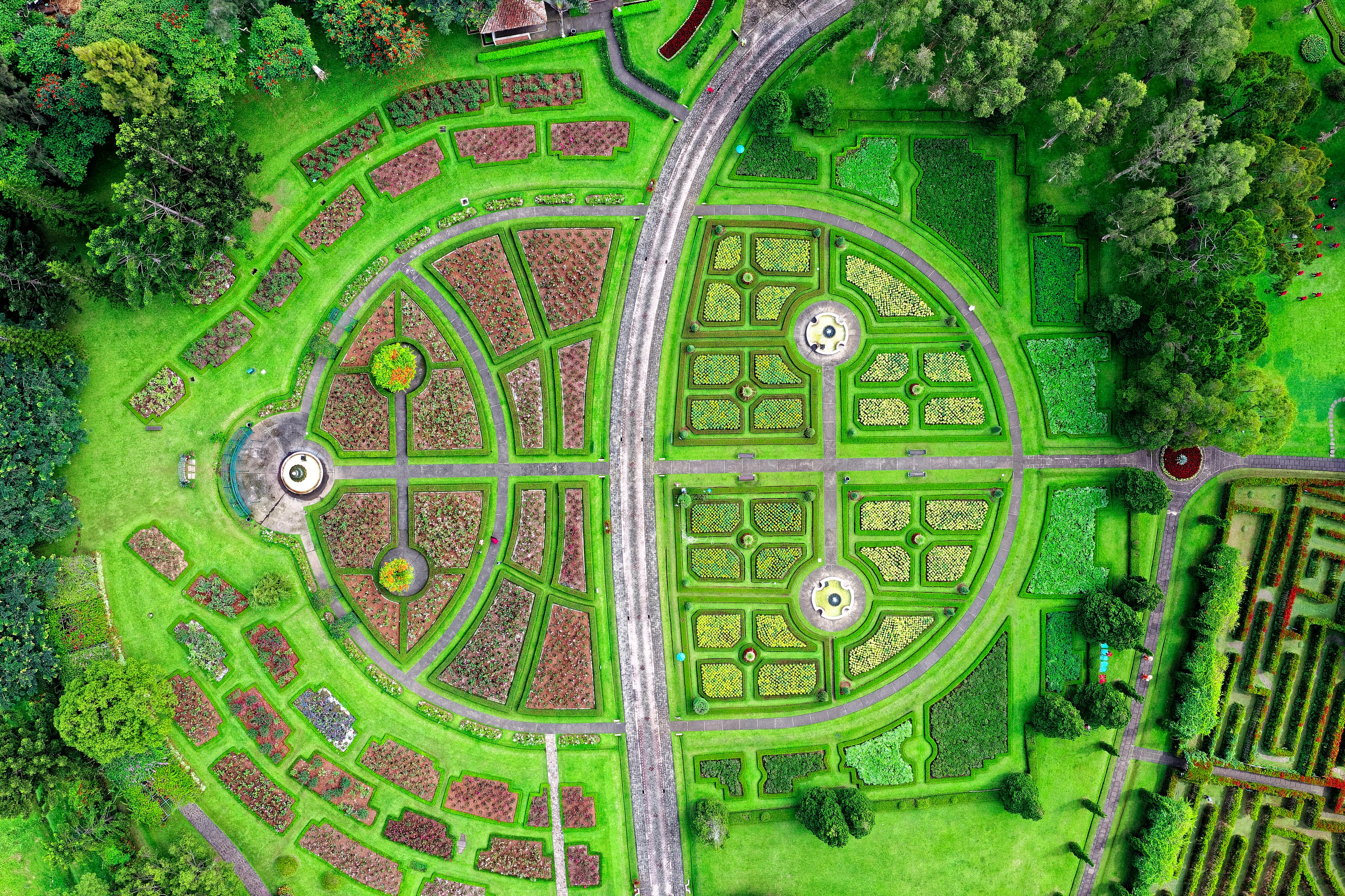Gardena Gartenplaner
The Gardena Gartenplaner is a powerful tool designed to help garden enthusiasts create and maintain their dream gardens with ease. This digital garden planning software offers various features, including garden design templates, plant libraries, and practical gardening tips, all aimed at making garden creation enjoyable and efficient. In this article, we’ll explore the different functionalities of the Gardena Gartenplaner, tips for effective garden planning, and practical examples to help you get started on your gardening journey.
Features of the Gardena Gartenplaner
The Gardena Gartenplaner is equipped with numerous features that can significantly enhance your gardening experience. From intuitive design tools to comprehensive plant guides, this software simplifies the often daunting task of garden planning. Users can effortlessly drag and drop elements to create a realistic layout, visualize their garden space, and plan for seasonal changes. Besides, the integrated plant library provides detailed information about different plant species, including their sunlight and water requirements, which is crucial for successful gardening.
Intuitive Design Tools
One of the standout aspects of the Gardena Gartenplaner is its intuitive design tools that make garden planning a breeze. Users can utilize a simple drag-and-drop interface to add shrubs, trees, flowers, and other garden elements to a blank canvas. For example, you can start by outlining your garden’s dimensions, and then, with a few clicks, populate it with various plants and features. This method allows you to visualize how your finished garden will look, ensuring that all elements harmoniously blend together. Additionally, the software supports changes, allowing users to experiment with different arrangements until they find the perfect design.

Plant Library and Gardening Tips
Another valuable feature of the Gardena Gartenplaner is its extensive plant library. This resource provides users with information on hundreds of plant species, aiding in making informed decisions. Each listing in the plant library includes fundamental details such as growth conditions, care requirements, and compatibility with other plants. For instance, when planning a bed of perennials, you can easily find which plants thrive together and how much sunlight they need. This aspect is particularly beneficial for gardeners who are new to plant care and want to avoid common pitfalls.
Seasonal Planning Tools
Preparing your garden seasonally is crucial for maintaining its health and appearance throughout the year. Gardena Gartenplaner includes seasonal planning tools that help users schedule planting, watering, and harvesting times effectively. This feature can be especially helpful in regions with varying climates. For example, the software might suggest when to plant your spring bulbs based on local frost dates, thereby maximizing your garden’s potential and ensuring beautiful blooms when the weather warms up.
Practical Tips for Effective Garden Planning
Creating a beautiful garden involves careful planning and consideration. The Gardena Gartenplaner provides a strong foundation, but integrating a few practical tips can enhance your gardening experience even further. Here, we’ll discuss how to assess your garden space, select suitable plants, and make the most of your available resources.
Assessing Your Garden Space
Before diving into design, it’s essential to assess your garden space. Take measurements of your yard, accounting for existing structures, trees, and other permanent features. This groundwork will provide the baseline for your layout in the Gardena Gartenplaner. Be sure to consider factors like light exposure, soil quality, and moisture levels. For example, if one part of your garden receives full sun, while another is shaded by trees, you’ll want to choose plants accordingly to ensure their success. This preliminary step can save time and effort down the line, and with the software at your disposal, this assessment can easily translate into your garden’s design.
Selecting Suitable Plants
When choosing plants for your garden, compatibility is key. Not all plants grow well together, and understanding their needs is essential for creating a thriving ecosystem. Use the plant library in the Gardena Gartenplaner to research plants that suit your garden’s conditions. Additionally, consider the color palette and blooming seasons to create a visually appealing garden throughout the year. For example, pairing early blooming tulips with summer-blooming daisies creates beauty in stages, contributing to a flourishing landscape. This knowledge not only improves your garden aesthetically but also makes maintenance easier.

Maximizing Available Resources
Effective gardening also includes utilizing available resources wisely. Whether it’s space, time, or budget, planning accordingly can lead to successful outcomes. The Gardena Gartenplaner allows you to create a detailed inventory of what you have and need. Use it to track seeds, tools, and materials, ensuring you’re never caught off-guard during peak gardening seasons. Additionally, integrating composting practices and native plants can minimize costs and labor while maximizing your garden’s health and sustainability. This approach not only nurtures your plants but also contributes positively to the environment.
Implementing Your Garden Plan
With your detailed garden plan in hand, it’s time to bring your vision to life. Implementation is where all the planning pays off, and utilizing tools provided by Gardena can significantly ease the process. Whether you’re breaking ground for the first time or updating an existing garden, follow these actionable steps to achieve your desired results.
Step-by-Step Guide to Executing Your Garden Plan
Start by preparing your garden site. Clear the area of weeds, rocks, and debris. If you plan to plant directly into the soil, testing the soil’s pH and nutrient levels beforehand can ensure successful growth. Once your site is ready, you can begin planting according to your design from the Gardena Gartenplaner. Take into consideration the arrangement of plants and flowers, as their placement plays a significant role in aesthetics and health. After planting, implement a consistent watering schedule and mulching to retain moisture, suppress weeds, and regulate soil temperature. This method will set the foundation for a thriving garden.
Maintaining Your Garden
Garden maintenance is critical to ensure it remains healthy and beautiful. Regular tasks include watering, weeding, pruning, and monitoring for pests. Using the Gardena Gartenplaner, you can set reminders for these activities based on your specific plant needs. Additionally, observing how plants respond to their environment allows for necessary adjustments, such as relocating plants if they are not thriving in their current spot. Remember, gardening is a dynamic process, and flexibility can lead to better outcomes over time.
Celebrating Your Garden’s Growth
Finally, take the time to enjoy your hard work. As your garden matures, find joy in the fruits (and flowers) of your labor. Organize gatherings for friends and family to showcase your botanical oasis, or simply relish quiet moments surrounded by nature. Documenting the progress, through photographs or notes, can also be fulfilling and educational, providing valuable insights as you plan future garden projects with Gardena Gartenplaner.
Key Takeaways
- Utilize the Gardena Gartenplaner’s tools for efficient and effective garden design.
- Assess your garden space to select suitable plants that thrive together.
- Plan garden maintenance tasks to ensure the longevity and health of your plants.
- Celebrate progress and enjoy the beauty of your garden.
FAQ
1. What is the Gardena Gartenplaner used for?
The Gardena Gartenplaner is a comprehensive garden planning software that helps users design and execute their dream gardens while considering environmental factors and plant compatibility. It provides tools for layout design, plant selection, and seasonal maintenance, making gardening accessible for all skill levels.
2. Can beginners use the Gardena Gartenplaner without prior experience?
Yes, the Gardena Gartenplaner is user-friendly and designed for both beginners and experienced gardeners. It offers intuitive design tools and a detailed plant library, making it easy for anyone to start planning and planting their garden.
3. Is the Gardena Gartenplaner suitable for small urban gardens?
Absolutely! The Gardena Gartenplaner can be adapted to any size garden, including small urban spaces. Users can customize their designs based on available area, ensuring that even the smallest gardens can be productive and attractive.
4. How can I integrate sustainability into my garden plan?
Integrating sustainability into your garden can be achieved by selecting native plants, implementing composting, and utilizing rainwater harvesting. The Gardena Gartenplaner supports eco-friendly practices and guides users in choosing environmentally sustainable options.
5. What features should I look for in garden planning software?
Key features to look for in garden planning software include user-friendly design tools, extensive plant libraries, seasonal care reminders, and the ability to generate custom layouts. The Gardena Gartenplaner encompasses all these functionalities, making it a top choice among gardeners.
